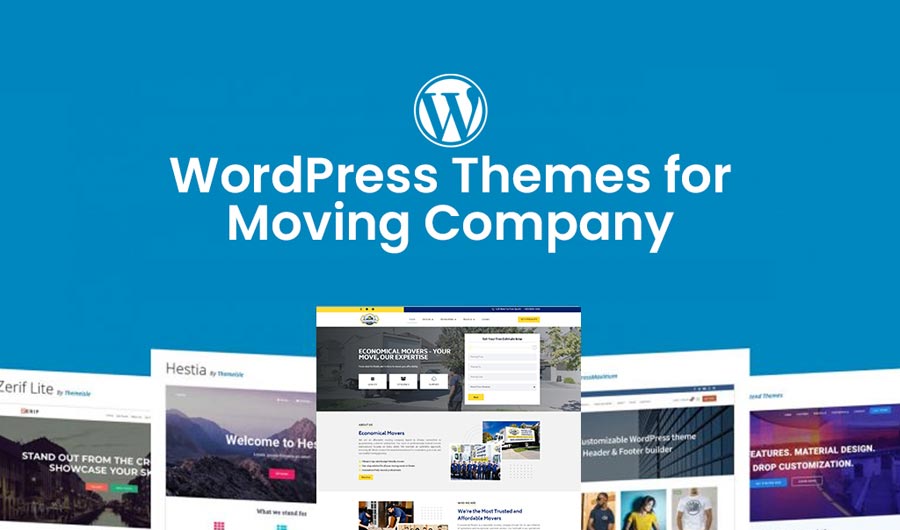
Power of Integrated Marketing Strategies: How Businesses Can Dominate the Market
Business is fast-paced. It can be hard keeping up. Integrating marketing strategies is key to your success.
Imagine all the different parts of your marketing campaign working together in perfect harmony, amplifying your brand’s voice and propelling your message straight to your customer’s minds.
This is the heart of integrated marketing strategies—coordinating various marketing and promotional tools to create a seamless experience for your customers.
Ready to learn how you can build a robust and recognizable brand?
Defining Integrated Marketing Strategies
Integrated Marketing Strategies is a cohesive approach where all forms of communications and messages are carefully linked together.
This kind of harmony makes your brand voice constant and clear across various channels.
The Essence of Integration in Marketing
Integration combines all marketing tools, avenues, and sources within a company into a seamless program. This strategy allows you to create a unified and consistent message.
Integration Marketing:
- Maximizes the impact on consumers
- Ensures consistency in the brand’s messaging
- Strengthens your brand’s identity
- Enhances user experience and customer journey
The point of proper integration is to make sure that the conversation between you and your consumers is consistent, whether it’s on social media, a billboard, or in a television ad.
How To Use Integrated Marketing
1. Start with a Core Message
First things first, define the heart of your campaign. What’s the big idea or message you want to convey?
For instance, if you’re launching an eco-friendly product line, your core message might be about sustainability and caring for the planet.
2. Identify Your Channels
Decide on the mix of channels that will carry your message to your audience. This could include social media, email newsletters, in-store displays, websites, and more.
Make sure each channel is suited to your target audience. For example, use Instagram to reach a younger demographic with visually appealing content about your eco-friendly products.
3. Create Cohesive Content
Now, tailor your core message to fit each channel, keeping the overall theme consistent.
For your eco-friendly campaign, you might design Instagram posts with stunning nature imagery and tips for living sustainably, send out emails detailing the impact of sustainable living, and set up in-store displays that highlight the eco-friendly features of your products.
4. Integrate and Synchronize
All channels need to be synchronized to deliver a unified experience.
For example, your Instagram post could direct followers to your website to learn more about sustainability, which then encourages them to visit your store for a special event on eco-friendly living.
This creates a seamless journey from online to offline, engaging customers at multiple touchpoints.
5. Measure and Optimize
Finally, track the performance of your campaign across all channels. Analyze metrics like engagement rates, click-through rates, and sales data to understand what’s working and what’s not.
For instance, if your in-store event drives significant traffic and sales, consider hosting more events or enhancing the in-store experience by offering gift hampers and creative stickers to align with your sustainability theme.
By walking through these steps, you can weave integrated marketing into the fabric of your strategy. Every channel and touchpoint is harmonized to tell your brand’s story effectively, engage your audience deeply, and drive your marketing goals forward.
Engaging Your Target Audience
To dominate your market, engaging with your target audience on a personal level is crucial. Adopting tailored strategies that resonate with consumer preferences will significantly amplify their interest in your brand.
Personalization Strategies
Personalization is your secret weapon in fostering a strong connection with your audience.
Start by gathering data—think past purchases, browsing history, and preferences. This information propels you to create customized content that feels handpicked for your customer. It’s about making them feel seen and valued.
For example, direct mail house services from Mail King USA can boost your direct mail campaigns by ensuring materials are highly targeted and reflective of individual consumer profiles.
Key tactics include:
- Segmentation: Group your audience based on distinct characteristics and tailor messages that appeal to each group.
- Dynamic Content: Utilize technology to change parts of your content in real-time based on who is viewing it, making their experience unique.
Maximizing Digital Engagement
In the digital arena, your goal is to keep the conversation going. Social media platforms are ideal for this; they allow for immediate and interactive dialogue with your audience.
Be active where your audience is—on Instagram, Twitter, LinkedIn, or newer platforms. Use these spaces to share content that encourages comments, shares, and other forms of engagement. Live sessions, Q&As, and even polls create opportunities for meaningful interaction.
Effective digital engagement means:
- Consistency: Regular posting keeps your audience expecting and welcoming your content.
- Interactive Content: Leverage features like stories, reels, or live video to encourage active participation from your audience. For instance, consider collaborating with a Manchester video production company to create high-quality, engaging content for your platform. This can significantly enhance your interactive content strategy.
Analyzing the Impact
Before you dive into the details, recognize that assessing the true impact of integrated marketing strategies involves tracking specific metrics and adapting your approaches based on performance data.
Metrics and Performance Indicators
To truly understand the effectiveness of your integrated marketing campaigns, you need to look closely at a range of metrics and performance indicators. Here’s a quick checklist to keep track of:
- Website Traffic: Monitor the number of visitors and where they come from.
- Conversion Rates: How many visitors are taking the desired action?
- Customer Acquisition Cost (CAC): The total spend required to acquire a new customer.
- Customer Lifetime Value (CLV): The total value a customer brings over their relationship with your business.
- Return on Investment (ROI): The profitability of your campaigns.
- Engagement Rates: The level of interaction with your content on social media and other platforms.
- Brand Awareness: Through surveys or social listening tools, assess how well people know your brand.
Adjusting Strategies for Maximum Effectiveness
After measuring your campaign’s effectiveness using the aforementioned metrics, it’s time to pivot and fine-tune for better results. Here’s how you can do it:
- Identify Underperforming Areas: Use data to pinpoint strategies that aren’t paying off as expected.
- Optimize Your Content: Adjust messaging, designs, or channels based on what resonates with your audience.
- A/B Testing: Experiment with different versions of a campaign to see what works best.
- Invest in High-Performing Channels: Redirect budget towards the platforms where you see the most engagement and conversions.
Conclusion
Ready to dominate the market with the power of integrated marketing? By being consistent throughout all channels, your audience will come to recognize your brand and trust it. Make sure to be where your audience is. Actively converse with them. Take the time to create personalized strategies, and always evaluate how well your campaigns are performing.






